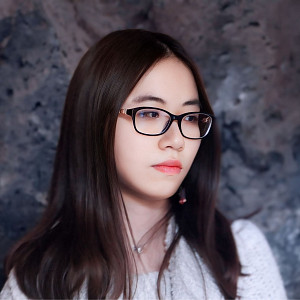Island in Cairo
Edoardo Fanucchi
student
Accademia di Architettura di Mendrisio
Italy
Architecture
I reflected on what island means and how I want to make holidays on it: as sea is a desert of water, island is its oasis (its refuge for us) but a refuge… more

Yixuan Liu
advisor
University of California, Berkeley
United States of America
Yixuan Liu has led multiple high-profile architectural projects from concept through construction,… more
The project offers meaningful conceptual engagement with the notion of urban refuge and uses the concept of an “island” to present a potential immersive architectural experience in one of the most populated cities in the world. The notion that an island is not only a geographical condition, but also a psychological and spatial condition, presents rich philosophical potential and spatial resonance.
Cairo as a context is even more suited. The intensity of the city's situation versus the experience suggested by the proposal creates a strong narrative element. By proposing the house below ground, the designer expands the narrative, inviting the inhabitants towards a descending sensory experience that ultimately culminates with a fragrant, tactile pool garden. This layering of experience is arguably one of the strongest aspects of the project. With some more development of its technical and urban relationships, it could present powerful and poetic commentary about contemporary urban living.
While the atmospheric potential and conceptual clarity of the project are significant, certain aspects could be further developed. The relationship of the house to its immediate urban context could have been better articulated both spatially and diagrammatically, reinforcing the contrast between the city and the refuge within. The diagrammatic spatial considerations could also assist the viewer to understand the underground response to climate while considering a broader interpretation of the relationship between the climate and technical feasibility; specifically, attention to the considerations for ventilation, light, and safety. Clarifying the period of intended occupancy, i.e., a temporary retreat versus a more permanent residence, could better justify the choices made through the program. Similarly, the deliberate immersion of the design could be explored further by extending the sensory approach to include sound and thermal variation in addition to sight and smell, which allows for a more nuanced spatial experience, while enhancing the meditative qualities of the described journey.
07.08.2025


